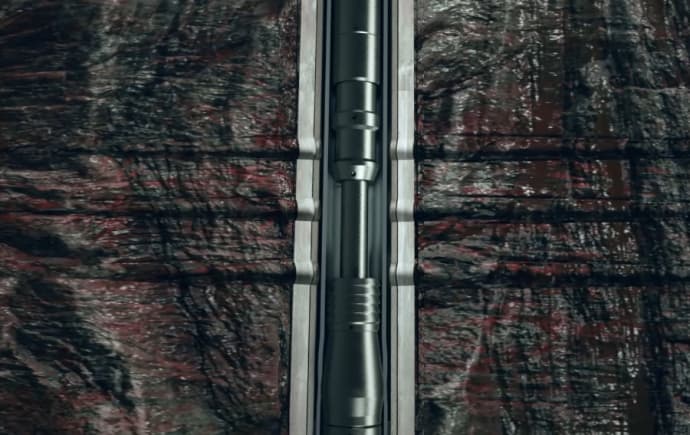Recovering the reserves left behind in under-stimulated wells requires re-stimulation utilising modern methodologies and designs. While the primary driver for any refracturing work is to boost base production and unlock stranded reserves with low capital investment, success depends on isolating existing perforations.
In mid-2020, Coretrax was approached to support with an ongoing project in Moomba, South Australia, when an operator required a 500 ft patch to shut off old perforations in an existing well.
Solution
To support future operations, the requirement was to reline a 4 1/2”, 15.1 lb/ft section from 6,644 ft to 7,159 ft using a 3 1/2”, 0.254” expandable Reline MNS liner, in order to close off perforations.
Our Reline MNS provides a single trip solution with no shoe milling required to clad and seal various wellbore integrity concerns with minimal loss of inner diameter (ID), whilst providing high burst and collapse ratings. The cased hole patch system is designed for deployment on a jointed pipe and can cover long or short intervals from 30ft – 7,000ft. The system activates without the need to drop balls or darts down the ID of the workstring, saving valuable rig time. With multiple hydraulic cylinders capable of exerting high force for pipe expansion ratio of greater than 25% with a high safety margin.
Operation
Coretax’s field team first performed a drift run utilising our market leading wellbore clean up tools, ensuring that mills were rotated through the liner setting depths to ensure a clean wellbore before operations continued. A heavier duty work string was then used for a secondary drift run with torque capabilities increased in case any anomalies were found downhole. To ensure the most efficient method, the same string was used to run the expandable patch.
The expandable 3 1/2” liner was made up at surface and run into hole to setting depth where it was successfully expanded at the required depth.
Achievements
The entire operation was executed as planned with a successful outcome for the operator, with significant production gains as a result.
A total of six pressure stroke cycles were used to initiate the liner expansion whilst at the same time, expanding 18ft (6 x 3ft pressure strokes) of expandable liner. After the pressure cycles, the expansion cone was pulled up through the liner using the rig’s pick-up power. The final exit out of the top of the expandable exit joint was only a 58 k/lbs overpull. All associated running tools were retrieved to surface, with no issues.
